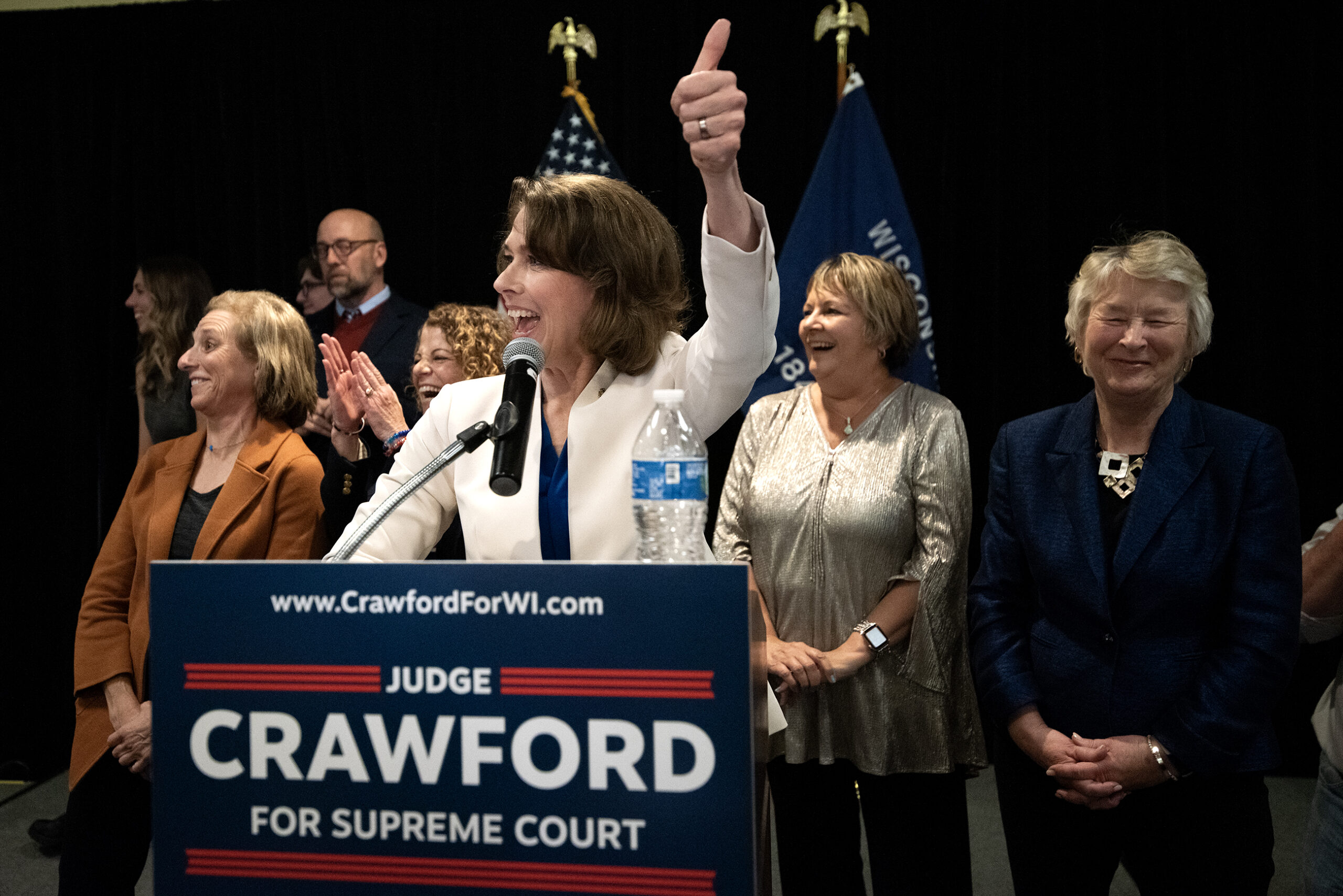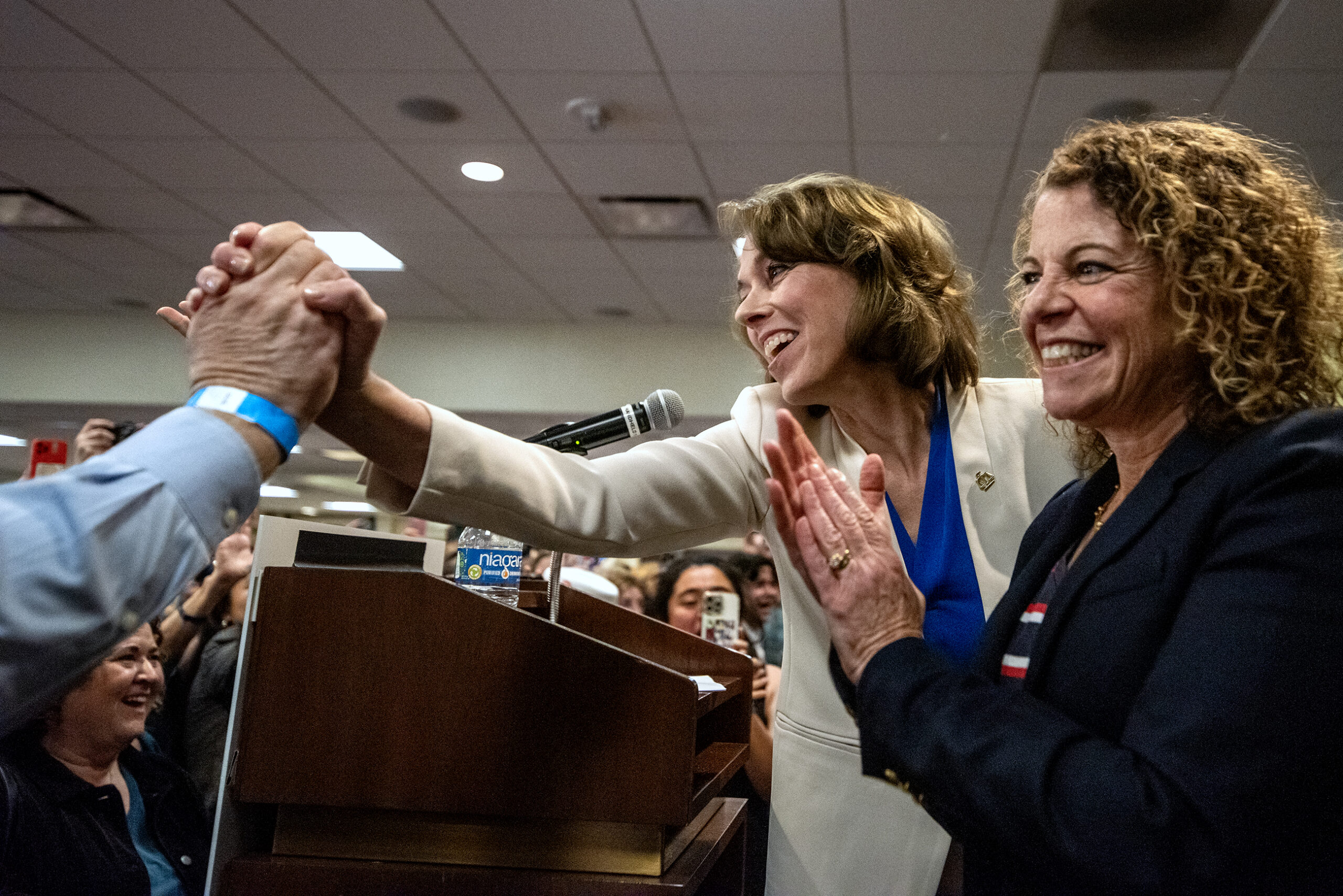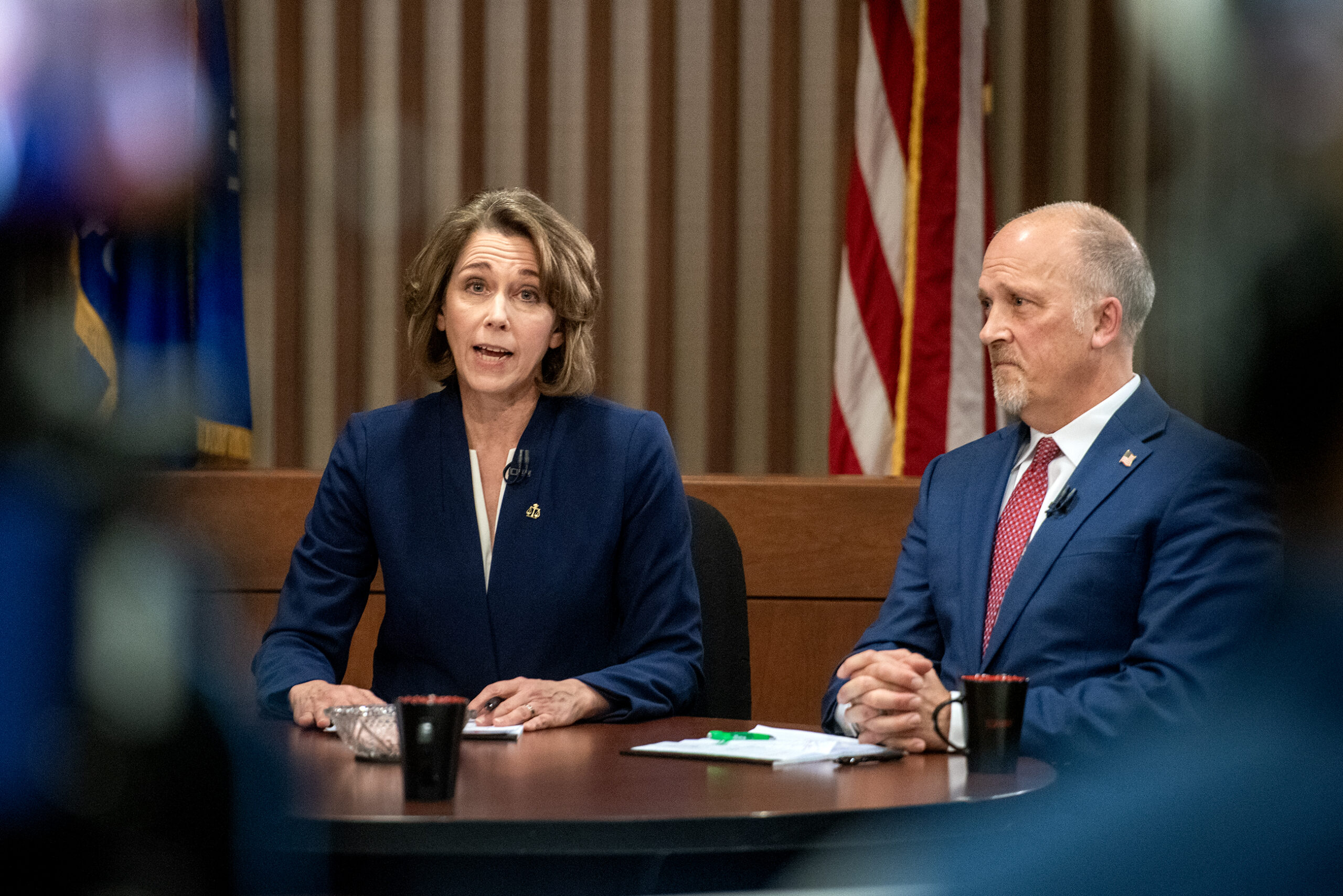Tuesday’s Wisconsin Supreme Court election was unambiguously a good one for Democrats. The only debate is over how many superlatives to add.
The case that it was “just” good is that judicial elections are not general elections. Even big races have lower turnout than presidential contests. Democrats were favored to win in this format, and they did.
The case that it was somewhere on the scale of “great” to “fantastic” has been made by Democrats across the country since about an hour after polls closed Tuesday, when it became clear that liberal candidate Susan Crawford was going to win. This was a nationalized election, where conservative candidate Brad Schimel wanted help from the highest reaches of the Republican Party. He got it. And Crawford won anyway.
Stay informed on the latest news
Sign up for WPR’s email newsletter.
Here are some big picture takeaways from the election, the first big race in a swing state since President Donald Trump took office, that preserved a liberal majority on the Wisconsin Supreme Court.
Compared to November, Democratic margins got better in all 72 counties
There’s no shortage of ways to slice election numbers, but one stands out when looking at Tuesday’s results. Compared to former Vice President Kamala Harris’ performance just five months earlier, Crawford’s percentage of the vote was higher across-the-board.
“From tip to tail, north to south, east to west, this was an absolute drubbing,” said Democratic political operative Joe Zepecki.
Crawford’s percentage of the vote was higher than Harris’ in all 72 counties, according to unofficial results reported by The Associated Press. The jump was especially pronounced in western Wisconsin, where her winning margins were 15 and 17 points higher in Eau Claire and La Crosse counties.
Longtime GOP consultant Bill McCoshen said Republicans thought the race would be a lot closer than it ended up, and he can see why Democrats would highlight the 72-county gain.
“If I were them, I would be saying the same thing,” McCoshen said. “Because we said it in November. Every county shifted red. And now, five months later, they all shifted blue.”
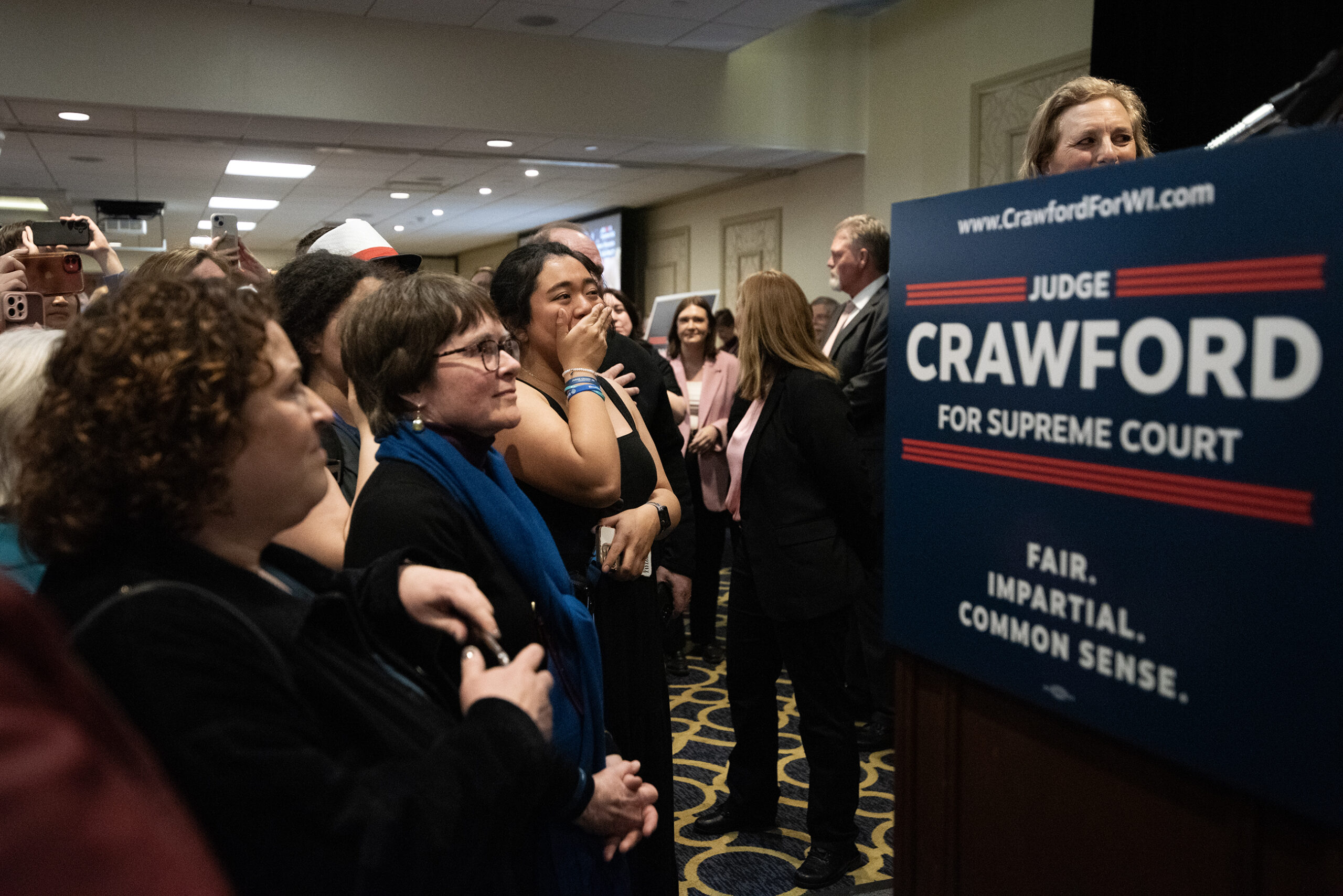
Elon Musk turned out Republicans. But he may have motivated Democrats even more.
Voter turnout was much higher than usual Tuesday, hitting about 50 percent, a record for a court race. There were multiple forces motivating these voters. One of the biggest was Elon Musk.
Aside from Trump himself, no person has been more prominent in national politics this year. Musk has overseen unilateral cuts to the federal government, firing tens of thousands of workers, effectively shuttering government agencies, and all the while, doing it with gusto.

Musk and his affiliated political action committees spent more than $20 million on the race, or roughly $1 out of of every $5 spent by both sides. He held a rally the weekend before the election where he handed out $1 million dollar checks to two voters who signed petitions opposing “activist judges.” He said the “future of humanity” was riding on the contest.
Schimel embraced the support, holding a virtual town hall with Musk on the billionaire’s social media platform, X. Democrats embraced the relationship, too, launching a “People v. Musk” campaign and accusing Musk of trying to buy a state Supreme Court justice.
“I think Musk cut both ways,” McCoshen said. “If Musk doesn’t put $20 million into the race, Brad probably loses by 15 points instead of 10.”
But McCoshen said he thought handing out $1 million checks to people was a “bridge too far” for most voters.
“They found that offensive and it motivated Democrats more than it motivated Republicans,” he said.
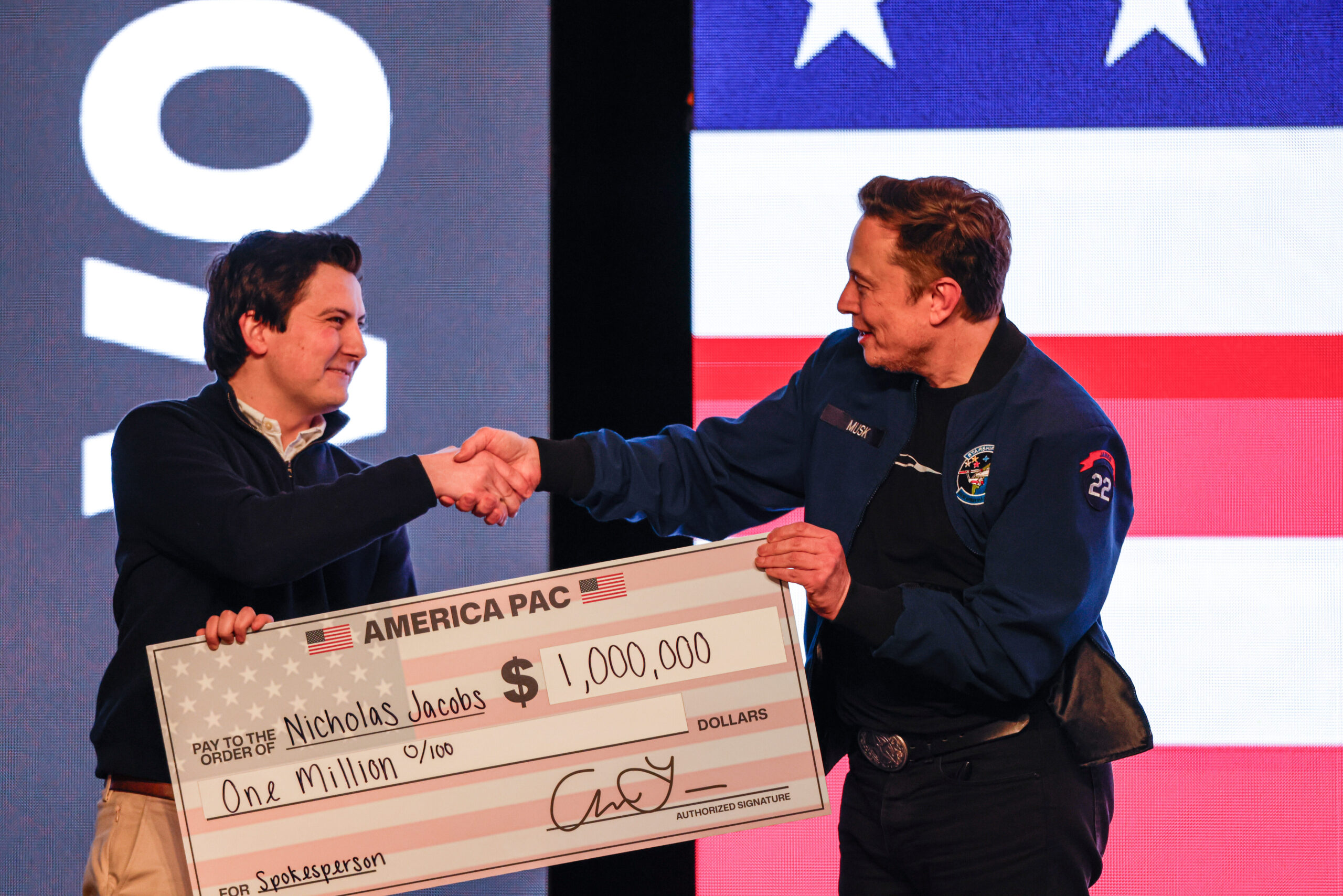
Patrick Guarasci, a senior advisor to the Crawford campaign who has worked on about a half-dozen Supreme Court races, said there were moments where some campaign staff worried about keeping up with Musk’s “bottomless pockets.” He said Crawford didn’t flinch, calling her “the most focused and driven candidate” that he’s worked with.
“We did not go looking to pick a fight with the richest man in the world, but we didn’t back down from one,” he said.
Guarasci said there’s a lesson to be learned from Crawford’s experience, in Wisconsin and even globally.
“You can stand up and win,” he said. “And the people want you to.”
Crawford’s victory has Democrats thinking ‘blue wave’ in 2026
It’s to be expected that Democrats would look at Crawford’s commanding victory and see even bigger things on the horizon.
When one party controls everything in Washington, the way Trump and Republicans do right now, they tend to lose ground in midterm elections. Zepecki said there’s no reason to think that won’t happen in 2026, especially because he doesn’t expect Trump to moderate his approach.
“The political environment for Republicans is going to get worse before next November’s elections,” Zepecki said.
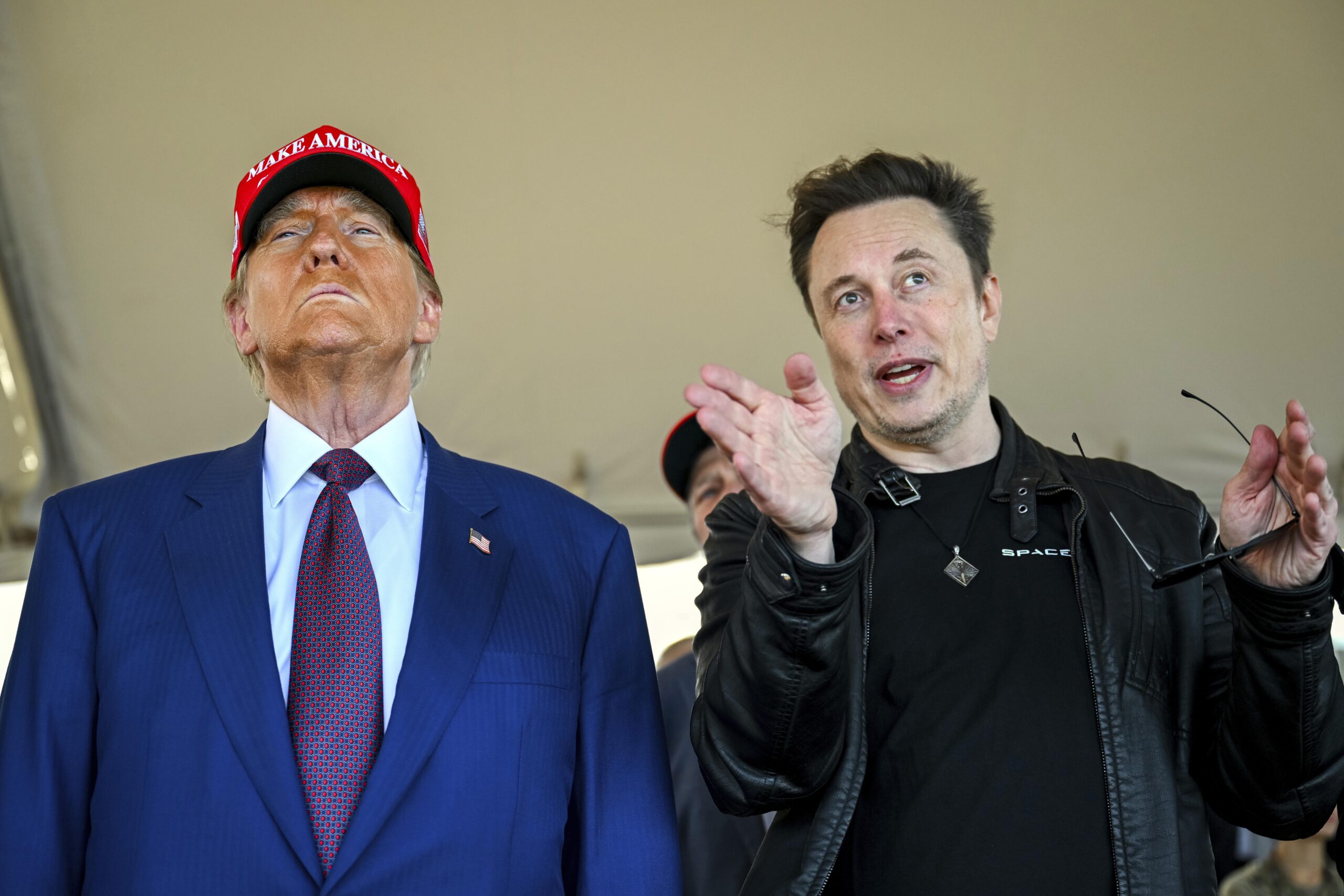
With razor-thin margins in the U.S. House, a dozen or so districts could make the difference. Two of them are in Wisconsin, where Republicans have a 6-2 majority in the U.S. House despite the state’s penchant for 50-50 elections.
Democrats could compete in the existing districts, but McCoshen said he thinks they’ll try to draw new ones, with the help of the liberal majority on the Wisconsin Supreme Court.
“Whether they get enacted or delayed by the U.S. Supreme Court remains to be seen,” McCoshen said.
Control of state government will also be up for grabs next year, with competitive legislative maps already in place and the governor’s office up for election.
But McCoshen said talk of a wave election is premature, noting that in 2023, liberal Justice Janet Protasieiwicz won a landslide election, and Trump won a year later.
“So just because something happened in the spring doesn’t mean that’s what will happen in a fall election where there are more voters,” McCoshen said.
More than 3.4 million Wisconsin residents voted for president in November and nearly 2.7 million voted in the 2022 race for governor. Still, nearly 2.4 million cast votes in Tuesday’s election — smashing the previous record for a Supreme Court race.
Liberals have figured out how to win Supreme Court races
One lesson from Tuesday’s court race, and their victories in 2023, 2020 and 2018, is that Democrats have figured out how to win Wisconsin Supreme Court races.
Crawford got more votes than Protasiewicz did in 2023 because of the higher turnout, but both candidates dominated their Republican-backed opponents, doing better throughout the state than they have recently in November elections.
McCoshen blames a few factors. Liberal candidates, he says, are better at telling their base where they stand on issues, something voters value. He said Republicans are also less organized when it comes to get-out-the-vote efforts, with two outside groups — Musk’s America PAC and Turning Point USA — doing their own voter outreach, instead of working with the state GOP.
“It was a turnout issue on the Republican side,” McCoshen said. “Not enough Donald Trump voters who voted in November.”
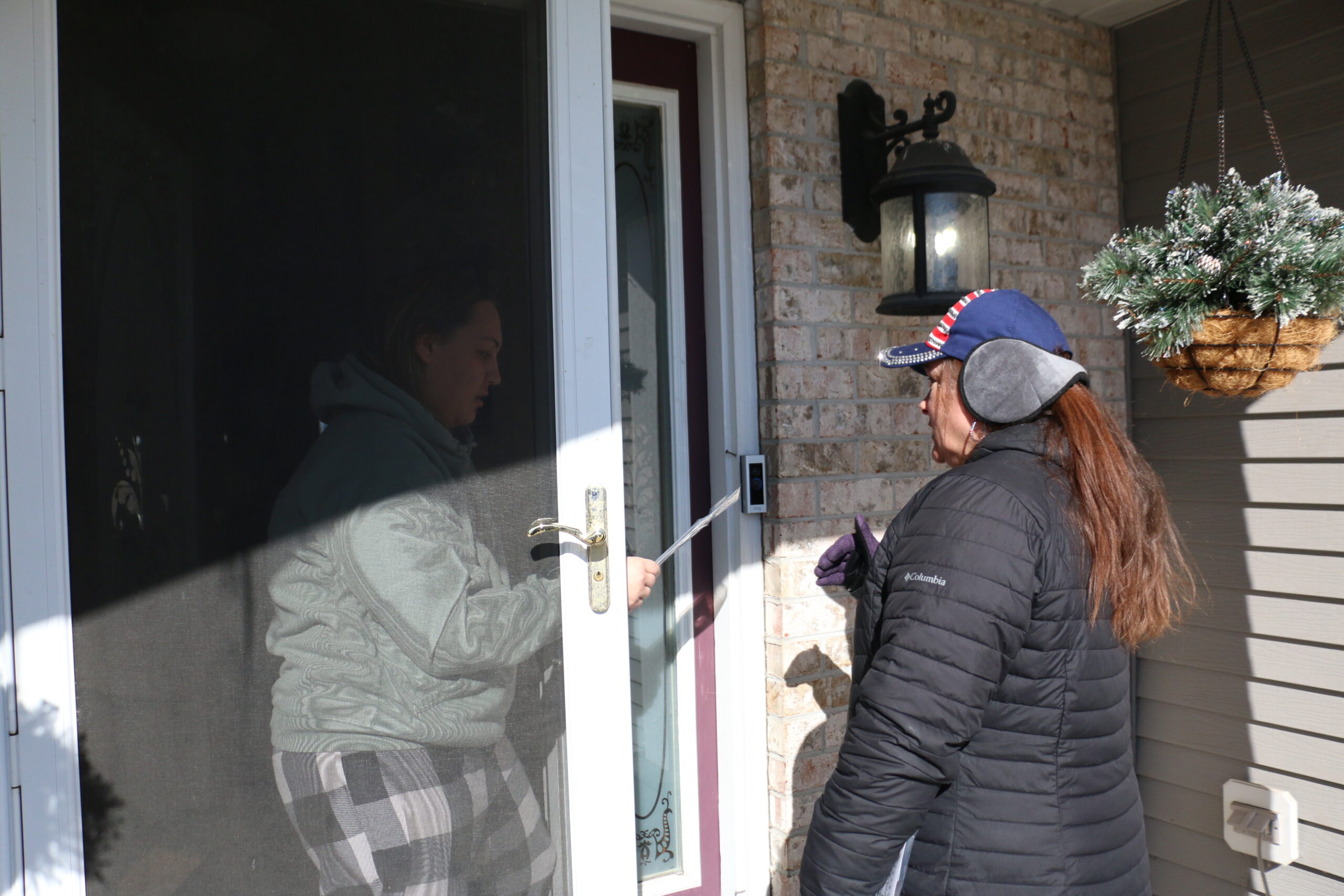
Guarasci, who was also a senior advisor for Protasiewicz, thinks it goes beyond that for Republicans. Embracing Trump is a choice, he says, and the GOP regularly runs candidates whom Democrats attack as too “extreme.”
“They need to learn and learn quickly that that’s not going to work in these kinds of elections,” Guarasci said.
Next April, Justice Rebecca Bradley, the court’s most outspoken conservative, will be up for reelection. Conservative Chief Justice Annette Ziegler is due to be on the ballot in 2027.
That means liberals could potentially grow their majority on the court. Barring the unexpected, they should hold it until at least 2028.
Wisconsin Public Radio, © Copyright 2025, Board of Regents of the University of Wisconsin System and Wisconsin Educational Communications Board.
